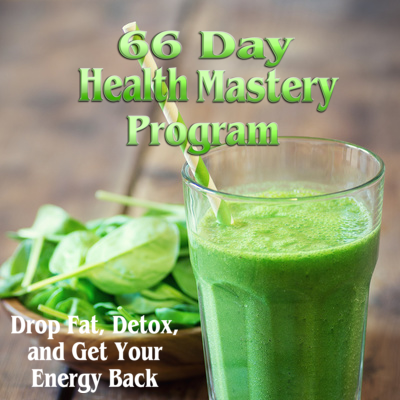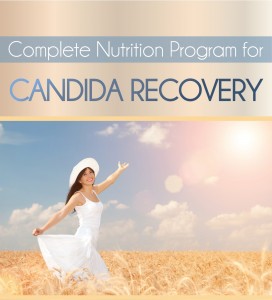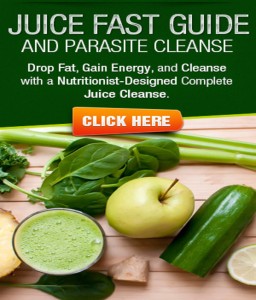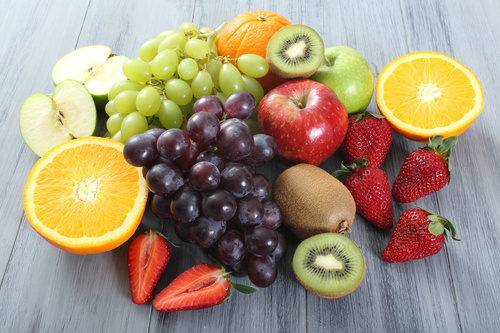One of the most frequent questions I get is “What is the difference between juicing and blending?”
Some people are uncertain if these methods are the same, or if one is different from the other.
Juicing and blending are actually completely different and I believe both can have a role in a living foods diet. However, in terms of nutrient power and efficiency, juices win hands down.
JUICES: THE NUTRIENT POWERHOUSE
Juicing means no fiber, no pulp. A vegetable/green juice is a super nutrient dense way to alkalize your body, and infuse your cells with a high dose of phytonutrients. You can juice an entire head of romaine lettuce, 15 celery stalks, and a lemon, and drink it in 15 or so minutes.
Juicing is also the most potent detoxification method, and the most effective tool for weight loss. When you juice, your body does not need to engage in the energy intensive act of digestion, so while you are providing your body with super nutrition, the body can divert its energy to the healing process rather than digestion.
If you have a high quality juicer, all of the nutrients are extracted, and all that remains is some soluble fiber and all of the insoluble fiber. So, there is nothing wasted. You are drinking all of the nutrition.
If you don’t have a good juicer, you can blend up your veggies in a high speed blender, then pour through a nut milk bag to get juice.
Juices made in a high end juicer can easily stay fresh for 24-72 hours. Of course, you will always get some level of oxidation, and drinking right away is always preferred. However, that is not practical for most people and the juice will still be super healthy when stored in the refrigerator with a tight fitting lid.
BLENDING: MEALS ON THE GO
Blending in any device that EMULSIFIES like a Vitamix or Blendtec (the 2 raw food world gold standards) or a Ninja or Nutribullet will give you a meal made up of fruits, veggies, nuts and nutbutters.
These meals are calorie-dense, nutrient-rich foods to which you can add an array of super foods. They are perfect meals-on-the-go to sustain you.
Smoothies contain a lot of fiber. Fiber is certainly important for colon health, lowering cholesterol, and many other bodily functions. But if you eat a healthy diet consisting of fruits and vegetables, you are already getting PLENTY of fiber, and smoothies are not necessary.
In fact, research has shown that for many people, including those who suffer from IBS, diverticular disease and other disorders, the excess amount of fiber typically found in smoothies irritates the intestines and should be avoided.
If you do have smoothies, be certain that you “chew” the liquid smoothies in your mouth for a bit to activate the carbohydrate digesting enzymes in your mouth. If you drink your smoothies with a straw and just gulp them down, you are hampering digestion by bypassing an important step, and may have bloating, gas and weight gain as a result.
Personally, not a day goes by that I don’t drink at least 32 ounces of green juices. I probably have around 3 or 4 smoothies per week.
Smoothies are a great vehicle for super foods. Use your smoothies as a good opportunity to sneak in some Maca, Tocotrienols, organic lecithin (for critically important choline), cordyceps, shilajit, reishi, chaga and other incredible additions!
Adding organic fresh pressed juices to your daily diet is the best way to insure good health, and if you decide to add some smoothies as well, you are providing your body with live, nutrient dense, nourishment!

